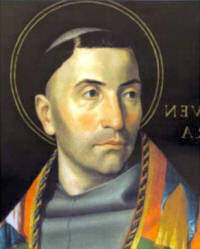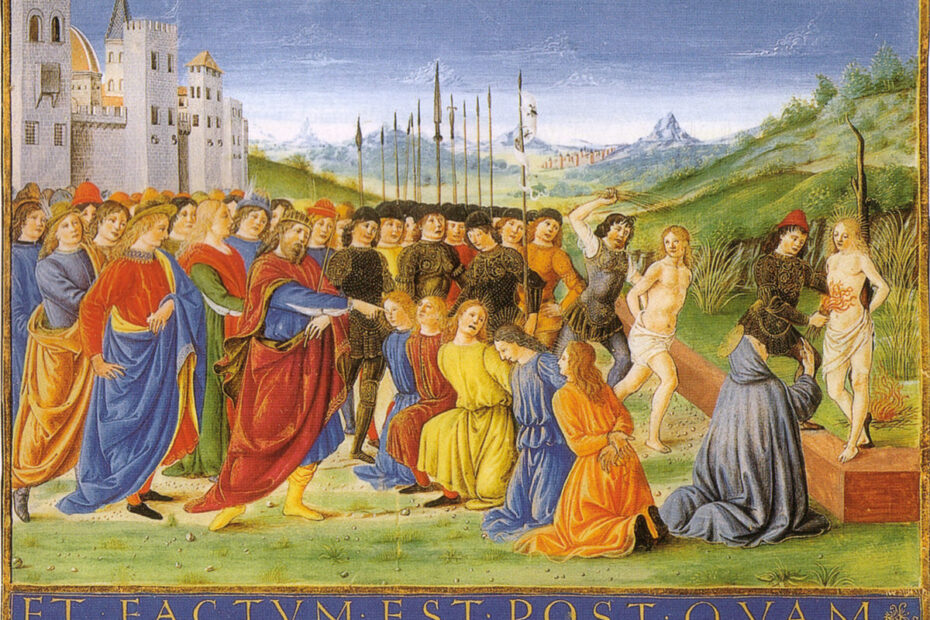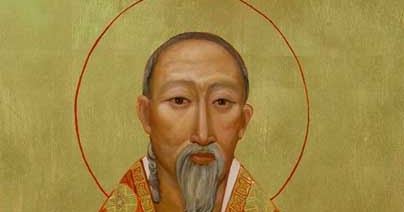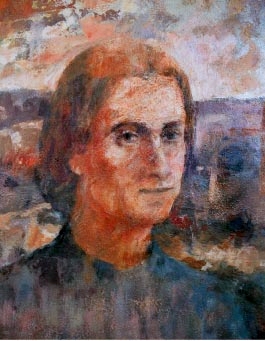St. Bonaventure
St. Bonaventure was born in Italy in 1221. He joined the Franciscan Order and went to Paris for his studies. He was made General of his Order and deserves to be reckoned its second founder for his work in consolidating an institution that was as yet ill-defined in nature. St. Bonaventure died at Lyons in 1274 during the general Council between Greeks and Latins held in this city. Dante had already included him among the inhabitants of his “Paradise”. He is known as the Seraphic Doctor.









